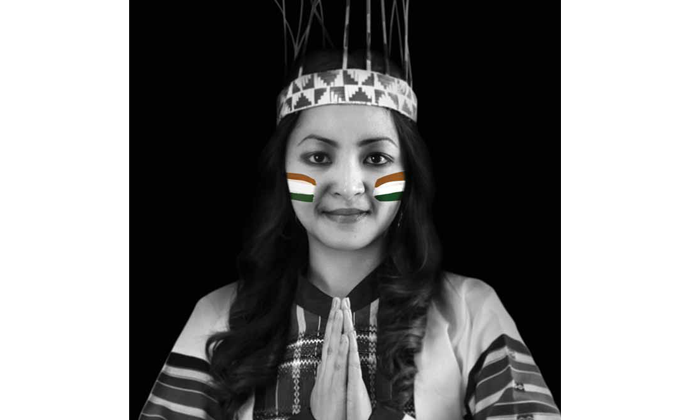The allegation is nothing new, and neither is the sense of estrangement and hostility; however, the intensity of the recent outrage over the unnatural deaths of two young Northeasterners in two different metropolitan cities reiterates pertinent questions about racial discrimination towards people hailing from the region by the people of ‘so-called’ mainland India.
“But how long will the people from the region continue to cry foul? What is it that is perpetuating this sense of estrangement and hostility?”
This anger flowed down to the streets in the form of candlelight protests and on the walls of social media websites. Protesters used Facebook, among other sites, to drive home the point that something needs to be done about this skewed attitude towards people from the region. There were heated debates in public forums as well as in the pages and studios of the ‘so-called’ national media, even going as far as a discussion on the issue in Parliament.
But how long will the people from the region continue to cry foul? What is it that is perpetuating this sense of estrangement and hostility? Will the narratives from the region ever change? We will have to understand the prolonged marginalisation of the region in the consciousness, history, geography as well as the economy of the rest of the country. This region, which is made up of seven different states with their own distinct cultures, is often ghettoised as a monolith and stereotypes about it have percolated into the peripheral consciousness of mainland India. The Northeast is often perceived as underdeveloped, unsafe and a frontier to be protected. The rest of India does not understand the region, as it does not figure in the history books.
It is also true that many young people from the region have come out to various big cities and have settled there and even managed to carve a niche for themselves. But there seems to be a lapse in the process of assimilation and understanding of the people of this region with the rest of India. The process of assimilation has to be a two-way street. There is a huge diaspora of Northeastern population which can in fact act as a support base and bring up the issues of the region in a proper platform.
One such process was initiated by The ANT (The Action North East Trust), an NGO based in the Chirang district of Assam. Its offshoot is The Ants store in Bangalore which has been trying to create a space to usher in a better understanding of the region. They have been hosting events like a Manipuri food festival, discussions on the Naga peace process, a discussion with Ramachandra Guha aptly titled ‘Northeasternising the Mainstream’, book readings by authors from the Northeast, and a Naga musical event. The Ants also build connections in smaller ways, like encouraging Northeastern students in Bangalore to include outsiders in their cultural events and discussions, or helping an intern study the experiences of Northeasterners based in Bangalore.
On the other hand, the ‘other’ India should also make attempts to integrate the region into their fold. They should devise ways to look at the region with a fresh approach. For instance, parts of the region could well figure in the itinerary as travel destination of tourists who can visit and learn to appreciate and empathise with the inhabitants.
Moreover, there is an insularity and isolation within the region itself. Denizens of Manipur are not aware or concerned about what is happening in Tripura and vice versa. The media within the region, especially the satellite television channels are concentrated in Guwahati, the main city of the region and the news coverage revolves around the city and its periphery. The decades of conflict raging in the region as well as the imposition of draconian laws like the Armed Forces Special Powers Act, 1958 has further alienated the people, who have been witness to these low-intensity wars for decades now. The sense of insecurity which plagues even the children ensures that they develop a fear psychosis which lingers for the rest of their lives.
It is not without reason that Northeasterners feel discriminated against. A recent survey conducted by a voluntary group about the perception of the Northeast amongst people in the rest of the country has revealed that 87 per cent of working professionals cannot name all the states of the region. While 70 per cent of the respondents did not believe that three Northeastern states have a higher per capita income than the national average, 91 per cent did not know anything about the Centre’s North East Industrial policy, which gives special incentives for investments made in the region.
It is a good sign that a debate has been initiated, and this debate should continue. There is a need to analyse, comprehend and find a key to the complex issues that lead to the alienation of an entire region of India. Social scientists as well as the media have a responsibility and role to build a bridge between the region and its people.


